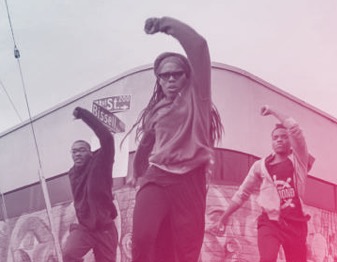As I watched Christian Marclay’s The Clock at SFMOMA last week, I was struck by the transformation of the museum’s galleries. I had been told that everything about the viewing space was organized according to the artist’s specifications, including the theatre-like curtains on the walls and the spacious arrangement of comfy couches (“We could have fit more, but he wanted everyone to have a good view”). Despite the rare privilege to view what many consider to be the artist’s magnum opus in this fastidiously considered environment, I was distracted by, well, the surroundings.
The passage of time intrinsic to the work itself prompted a heightened awareness of its transformation. Hadn’t I just been in this same space a few months ago, taking in Jay DeFeo‘s The Rose? At the thought of DeFeo, memories of other shows over the years came back to me. With every passing minute of The Clock, I became more fixated on my memories in the same space and more aware of just how soon it will all change, yet again, into something wholly new and unfamiliar. A wave of sentimentality flooded over me, just as an image flashed of John Belushi checking his watch at the end of National Lampoon’s Animal House, and my own memories of the museum filtered in time with the fractious transitions of The Clock.
I recalled the sublime Magritte exhibition of 2000 and how I was enamored with everything about the show. Remember how the walls of each gallery transitioned to different shades of blue throughout?

René Magritte, Les valeurs personnelles, 1952
A year later I snagged an internship at SFMOMA and was delighted to walk through the stillness of the empty museum each morning. I helped with promotions for the off-site exhibition Revelatory Landscapes, a series of interventions by landscape architects, and my eyes were opened to the possibility of working in public space. Someone suggested I should ask then-director David Ross for a cup of tea and mentorship. When he said yes, I mentioned it to my astonished colleagues, and casually pointed out that it was much easier to connect with him then than it might be in the future. (I had no idea how right I would be — Ross soon left the museum in a dramatic cloud of contention.)




